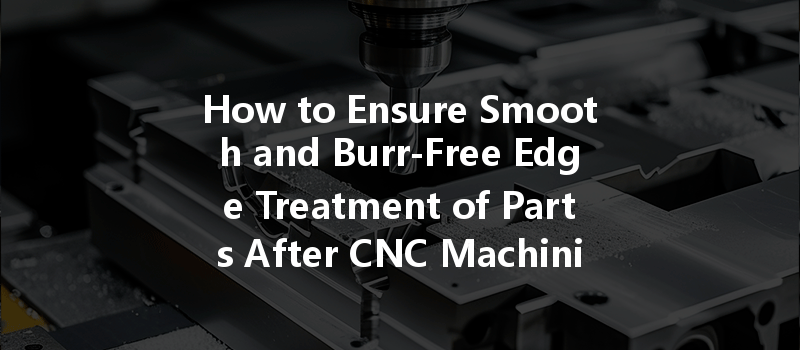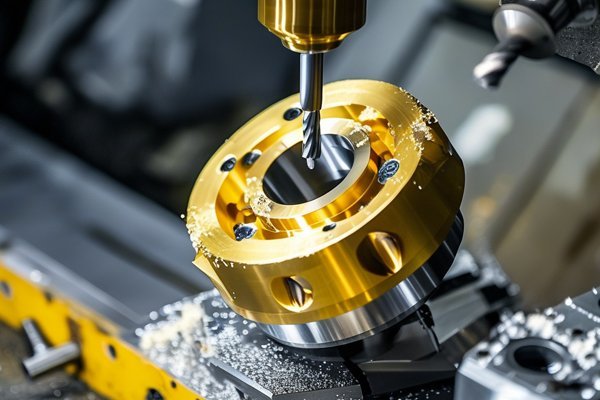:
Did you know that the quality of the edges on machined parts can significantly affect the performance and longevity of the final product? According to a study published in the International Journal of Advanced Manufacturing Technology, up to 20% of product defects can be attributed to inadequate edge finishing during machining processes. For many businesses, this translates into substantial financial losses and a tarnished reputation. So, how can manufacturers ensure burr-free and smooth edge treatment of parts after CNC machining? In this comprehensive guide, we will explore effective methods, advanced technologies, and best practices to achieve that ideal finish.
—
Understanding the Importance of Smooth Edges
Before delving into the solutions, let’s understand why smooth edges are crucial.
—
Factors Influencing Edge Treatment in CNC Machining
To effectively address edge treatment, it’s essential to consider multiple factors in CNC machining:
The choice of cutting tools directly impacts the quality of the edges. Tools that have been improperly maintained or are worn out may produce rough edges. Using high-quality, sharp tools with appropriate geometries for the specific material is crucial.
Adjusting the feed rate, cutting speed, and depth of cut can minimize burr formation:
Different materials behave differently during the machining process. Softer materials like aluminum are more forgiving, whereas harder materials like titanium may create more burrs. Understanding material properties can guide you in customizing the machining parameters for optimal results.
The machining strategy plays a crucial role. Using appropriate cuts such as climb milling can help reduce burr formation, while adaptive machining allows adjustments to be made in real-time to mitigate issues as they arise.

—
Effective Techniques for Burr-Free Edge Treatment
Below are proven techniques to ensure smooth and burr-free edges in CNC machined parts:
Several post-machining processes can be employed to improve edge quality:
The application of coolant and lubricants during the machining process reduces the friction between the tool and the workpiece, thereby lowering temperatures and preventing material softening, which typically leads to burr formation.
—
In summary, ensuring smooth and burr-free edge treatment in CNC machining is vital for the performance, safety, and aesthetics of manufactured parts. By considering factors such as tool selection, machining parameters, and material properties, manufacturers can significantly reduce the incidence of burrs. Applying effective post-machining techniques like deburring, polishing, and adopting advanced technologies such as laser cutting and ECM will promote high-quality results.
Ultimately, prioritizing edge treatment not only enhances product quality but also fosters customer trust and loyalty. As competition in the manufacturing sector grows, focusing on quality becomes an essential factor for sustainable business success. Remember, investing time and resources into proper edge treatment can pay off significantly in the long run.
—






